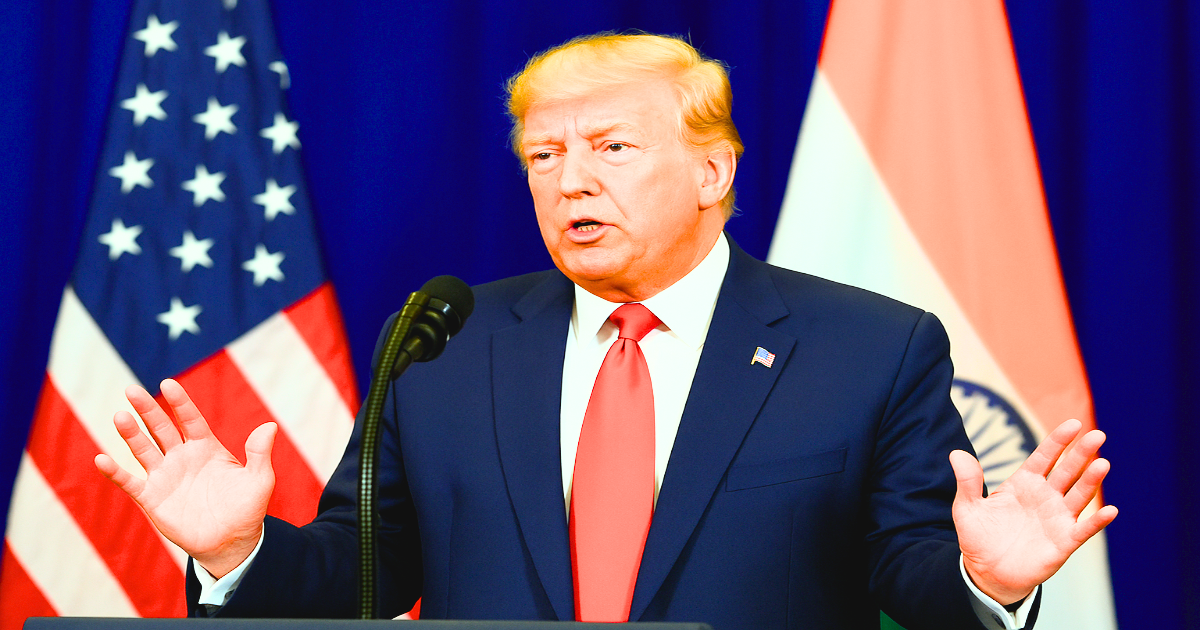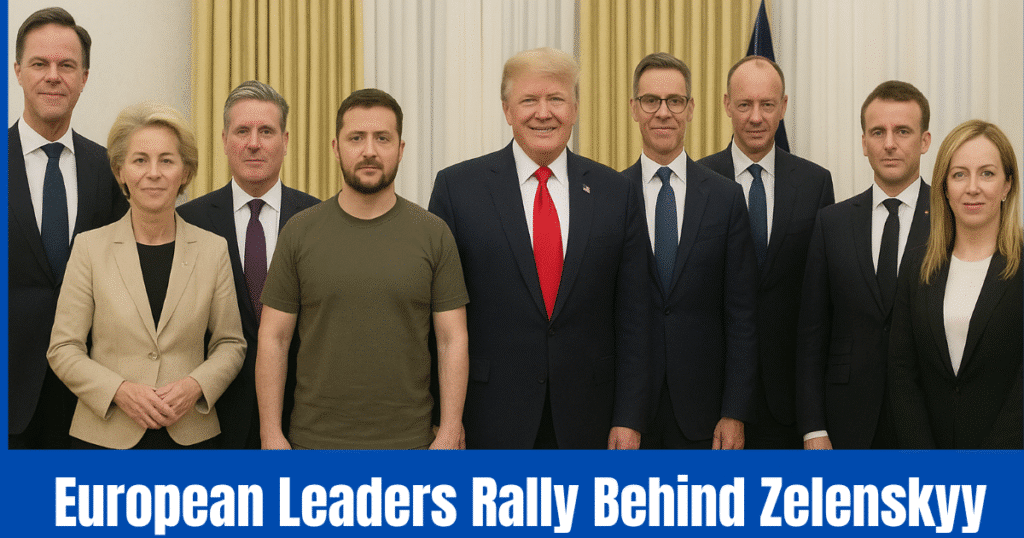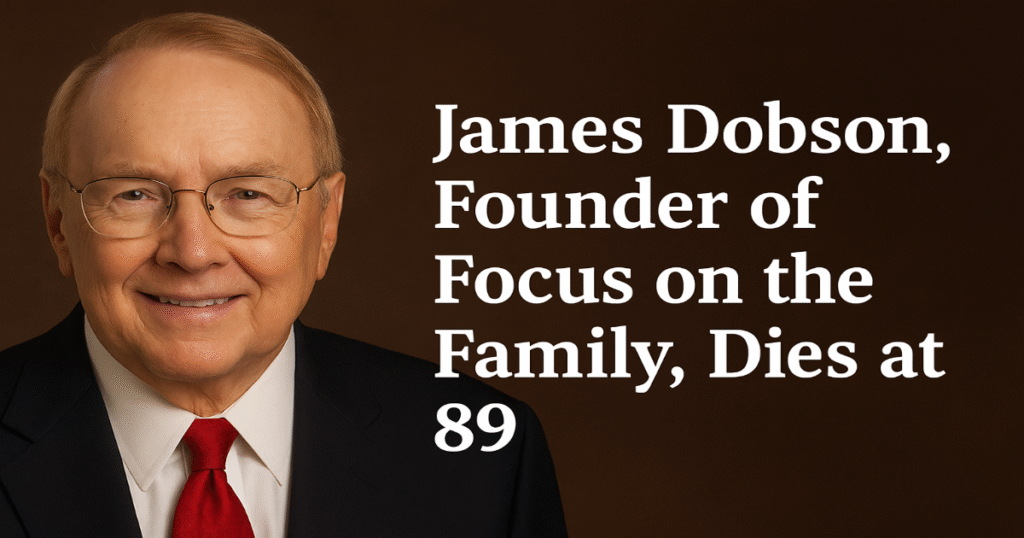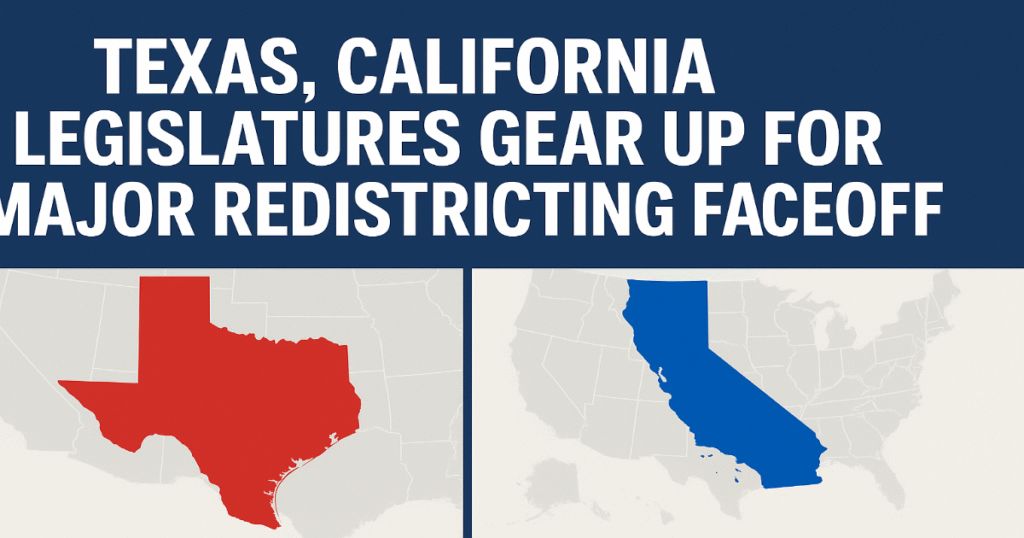
New Delhi/Washington, August 27, 2025 — U.S. President Donald Trump’s decision to double tariffs on Indian imports came into force on Tuesday, marking a sharp escalation in trade tensions between Washington and New Delhi. The move raises import duties on a wide range of Indian goods to 50 percent, sending shockwaves across key export sectors and sparking diplomatic unease between the two nations.
Why the Tariffs Were Raised
The tariff hike follows Washington’s warnings over India’s continued purchases of discounted Russian oil. The Trump administration has argued that such imports indirectly support Moscow’s war in Ukraine. Earlier this month, the U.S. had already levied a 25 percent tariff on Indian goods; Tuesday’s action doubled that rate.
“India cannot expect free access to the American market while bankrolling Russia’s war machine,” President Trump told reporters in Washington, calling the step “necessary to protect American interests.”
Impact on Indian Exports
The sudden increase will hit several labor-intensive industries that rely heavily on U.S. demand. Textiles, gems and jewellery, footwear, furniture, seafood, and chemicals are among the sectors expected to be hardest hit. Pharmaceuticals, semiconductors, and automobiles were spared for now, offering some relief to exporters.
Trade experts estimate that nearly 55 percent of India’s $87 billion in annual exports to the U.S. will be affected, potentially resulting in losses of $25–55 billion a year. Analysts also warn that India’s GDP growth could take a 0.2–0.5 percent hit if the tariffs remain in place.
The seafood sector has already sounded alarms, with industry groups projecting losses of about ₹24,000 crore this year alone. “For us, the U.S. is the biggest market. These tariffs are devastating,” said R. Ramesh, a seafood exporter based in Kochi.
India’s Response
The Indian government strongly condemned the U.S. decision, describing it as “unfair and unjustified.” Commerce Ministry officials said India has a sovereign right to secure affordable energy and cannot be forced to alter its foreign policy choices under pressure.
To cushion the blow, New Delhi is preparing a relief package for exporters, along with efforts to diversify into other markets, including Latin America, Africa, and Southeast Asia. Officials are also accelerating trade negotiations with the European Union to reduce dependence on the U.S.
Strategic Fallout
Beyond trade, the tariff war threatens to dent broader U.S.–India strategic cooperation. The two countries are key members of the Quad security grouping, which also includes Japan and Australia. Analysts worry that prolonged friction could undermine Indo-Pacific cooperation at a time of rising Chinese assertiveness.
Reports of India pausing certain U.S. defense purchases—later denied by New Delhi—highlight the fragile state of trust. “The risk here is not just economic; it’s geopolitical,” said Ananya Bose, a foreign policy analyst in New Delhi. “If Washington pushes too hard, it risks driving India closer to Moscow or Beijing.”
Political Reactions
Domestically, the move has sparked heated debate in both countries. In the U.S., Trump’s allies framed the tariffs as part of his “America First” agenda, while critics warned they could hurt U.S. consumers by raising prices on imported goods. In India, opposition parties accused Prime Minister Narendra Modi’s government of mismanaging the relationship with Washington.
What Comes Next
For now, neither side appears ready to back down. Diplomatic channels remain open, but talks on a resolution have stalled. Trade analysts warn that if the standoff drags on, it could reshape global supply chains and force Indian exporters to look beyond their biggest market.
“The relationship between the U.S. and India is too important to be defined by tariffs,” said Rajiv Bhatia, a former diplomat. “But unless there’s high-level political engagement soon, this dispute could spiral into something much larger.”
Visit: Maxima Sale

Hey I am Srimanta Pradhan brings 10 years of experience to News Broadcast and Marketing, specializing in effective communication.A specialized content writer with a decade of expertise crafting compelling narratives for News Broadcast and Marketing. Transforms complex information into engaging, impactful content.




















